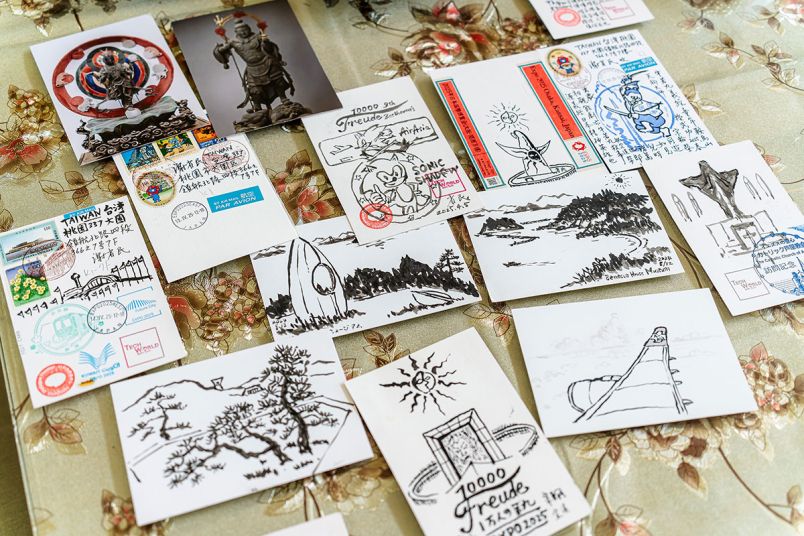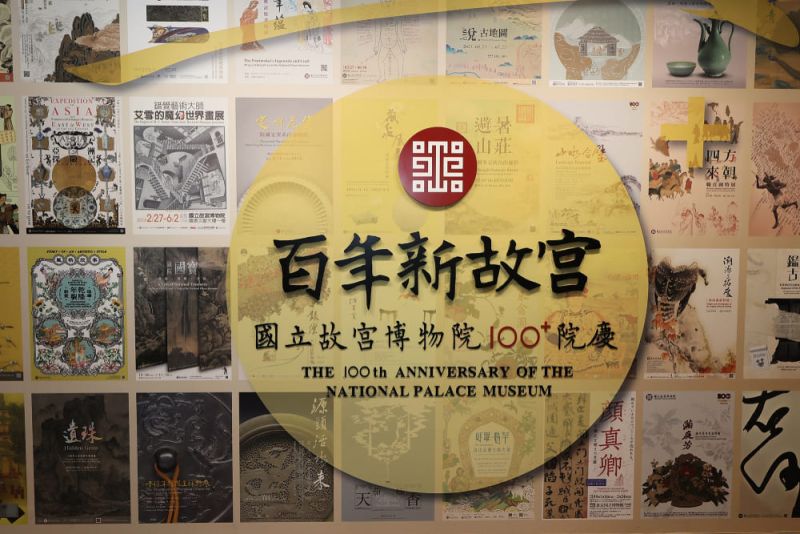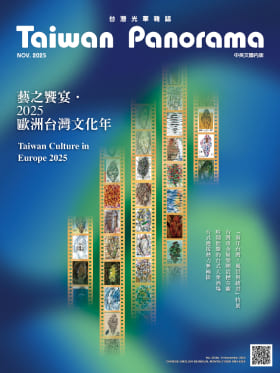Auspicious paintings use images as visual metaphors to herald good fortune, attract blessings, and avert evil, delighting viewers with a mixture of the sacred and the secular. The Catholic Church has declared 2025 a Jubilee Year, and Hsieh Sheng-min, an expert in auspicious painting, was invited to participate in the Taiwan Cultural Year in Europe by showing his works at the Vatican.




















